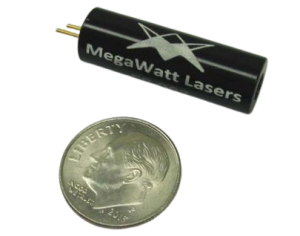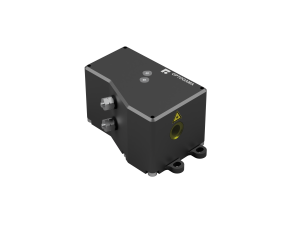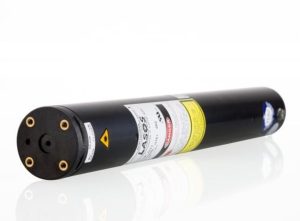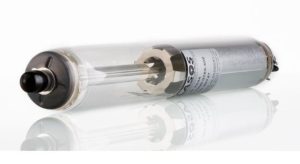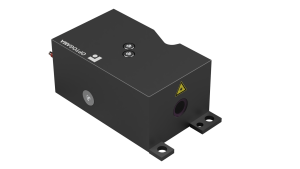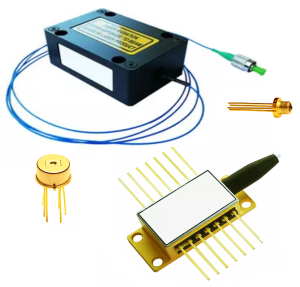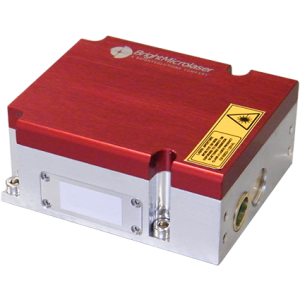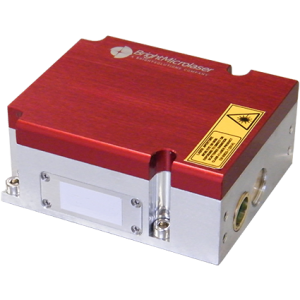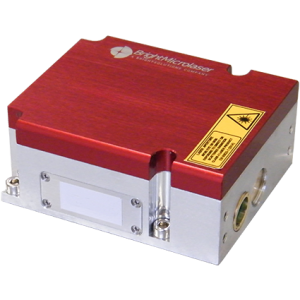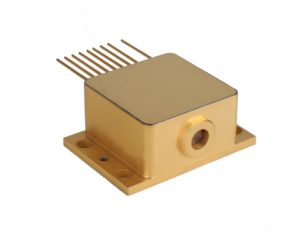0-9mW Output Power Lasers
All of these Lasers are designed for between 0-9mW of output power.
Lasers that designate 0-9mW of output power can be either CW (continuous wave) or pulsed lasers. Pulsed Lasers with an output power defined in Watts or Milliwatts are usually defining the average power of the laser, not the peak power of the laser.
If you have any questions or need more information about these 0.5mW laser diodes and modules, please contact us.

 BUY NOW
BUY NOW 